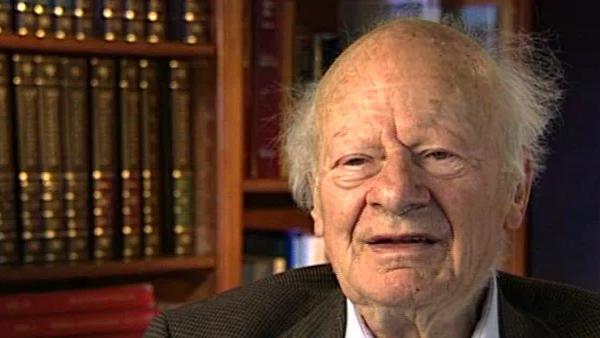NEXT STORY

Calculating the Lamb shift
RELATED STORIES

NEXT STORY

Calculating the Lamb shift
RELATED STORIES


|
Views | Duration | |
|---|---|---|---|
| 101. Joining the President's Science Advisory Committee | 386 | 02:02 | |
| 102. The Shelter Island Conference | 823 | 02:47 | |
| 103. The Lamb shift | 1 | 2391 | 02:42 |
| 104. Calculating the Lamb shift | 4084 | 03:31 | |
| 105. Feynman, Weisskopf and Schwinger's calculations of the Lamb shift | 1830 | 03:53 | |
| 106. Feynman's new ideas at The Pocono Conference | 1834 | 01:17 | |
| 107. Freeman Dyson: An excellent graduate | 1 | 2512 | 04:18 |
| 108. Presenting Schwinger, Feynman and Dyson's ideas at Birmingham | 1307 | 01:42 | |
| 109. Michel Baranger and Gerald Brown's work in the Lamb shift | 848 | 02:12 | |
| 110. Thinking about mesons at the Shelter Island Conference | 535 | 02:23 |

